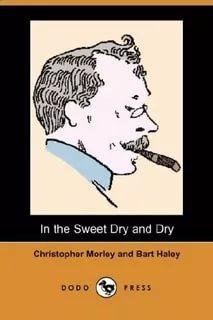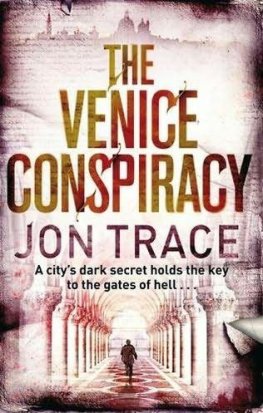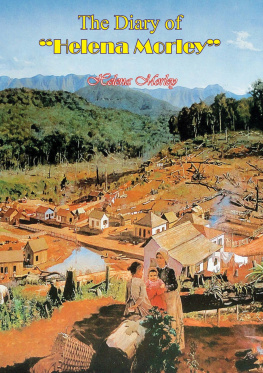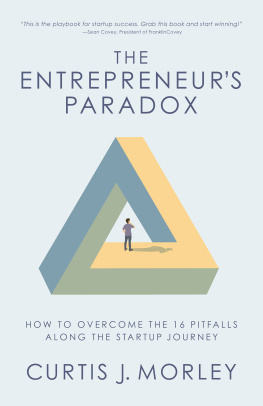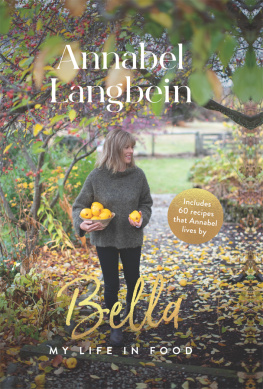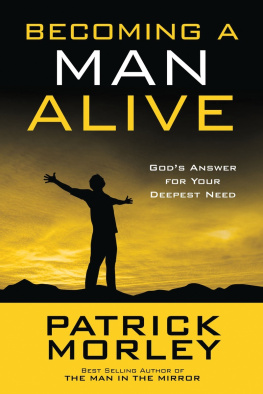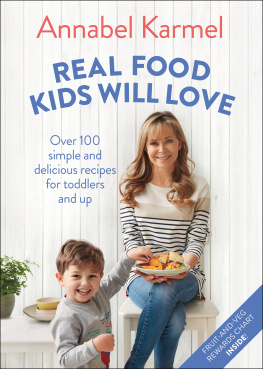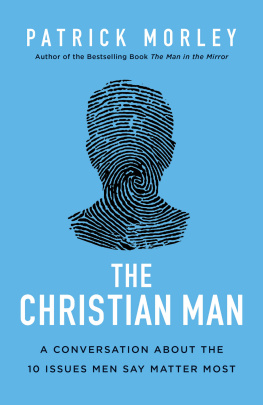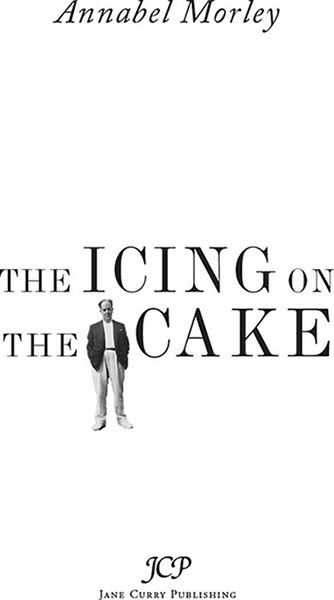
The Icing on the Cake by Annabel Morley
Published in 2013 by
Jane Curry Publishing
[Wentworth Concepts Pty Ltd]
PO Box 780 Edgecliff NSW 2027 Australia
www.janecurrypublishing.com.au
Copyright Annabel Morley, 2013
All rights reserved. No part of this book may be reproduced or transmitted in any form or by any means, electronic or mechanical, including photocopying, recording or by any other information storage retrieval system, without prior permission in writing from the publisher.
National Library of Australia Cataloguing-in-Publication entry
Author: Morley, Annabel, author.
Title: The Icing on the Cake /Annabel Morley.
ISBN: 9781922190741 (paperback)
ISBN: 9781922190758 (eBook: epub and Kindle) ISBN: 9781922190826 (eBook: ePDF)
Subjects: Morley, Annabel.
Morley, Robert, 1908-1992.
Morley family. ActorsEnglandBiography.
ActorsEnglandBiographyAnecdotes.
TheatreEnglandBiographyAnecdotes.
EnglandBiographyAnecdotes.
Dewey Number: 792.09421
Front and back cover images courtesy of the Morley family
All photographs courtesy of the Morley family
Illustrations: Shutterstock
Cover and internal design: Deborah Parry Design
Printed in the UK by TJ International

For the family I had to Robert, Joan and Sherry in loving memory and to Will.
For Charlie and the family we have, Daisy and Jack.
Nam Le (Bali Writers Festival)
All you get in memoir is lies, what you look for in fiction is truth.
This memoir is not lies but of course it is subjective truth; family events will be remembered differently, varying according to not only our perception at the time but how the event comes to be remembered, and how it is made into a story.
As well as writing plays, an autobiography and articles, my father Robert wrote many letters to his mother and to my mother, Joan. I have quoted from these and, like the books that my mother kept for each of her three children a mixture of diary, photograph album and scrap book they have proved an invaluable aid to memory. They have filled the gaps for when I was too young for my memories to be reliable.

ROBERT AT FAIRMANS (1950S)
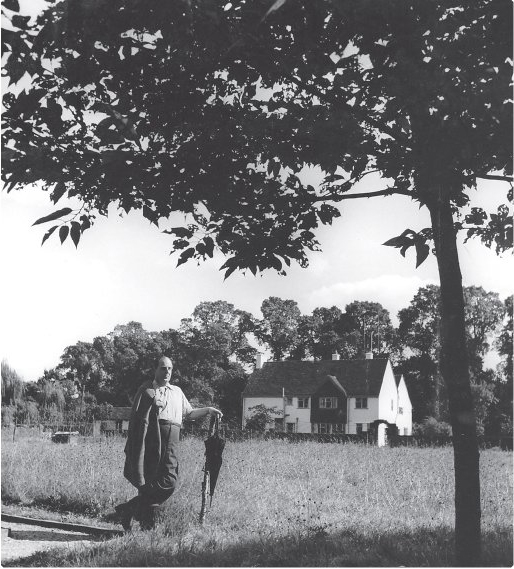
ROBERT AT THE BACK OF FAIRMANS CIRCA 1950
Chapter One
THE QUEEN OF PUDDINGS AND THE PUDDING MAN

I WANTED TO write this book to bring back a lost world. A world lost to me through the deaths of my parents and the sale of the family home, a world swept away. This was the world before supermarkets and pre-packaged, fast or frozen food, before battery chickens or mad cow disease, when milk came in glass bottles with silver or gold foil tops and an inch of cream on the latter, when bananas were exotic and avocadoes unheard of, when a soft drink was Kia-Ora Orange Squash, when salad meant lettuce and Jersey tomatoes with skins as tough as shoe leather and the dressing was Mr Heinzs Salad Cream, when there were cherry orchards a few miles away and the nightingales sang in the bluebell woods. A world in which our address was just four words: Fairmans Cottage, Wargrave, Berkshire.
After my father died in 1992, I thought going back, going home, would be unbearable. Yet his presence somehow remained, particularly in the Colt House, the little wooden hut by the swimming pool and at the entrance to the woods where he wrote. After he died the Colt House was gradually abandoned to store mouldering rubber pool toys and his books. But it still smelled of the cigars he only smoked there my mother didnt like him to smoke in the house. Walking down the gravel path or cutting across the rough grass to the Colt House, I expect him to be there, behind his desk, typing with two fingers on his Olivetti typewriter, the tip of his tongue sticking out as he concentrates or with his feet up on the desk, chair tilted back, reading the Racing Times. He always welcomed interruptions so a yell down the length of the garden that he was wanted on the phone or that lunch or tea were in the offing would see him get to his feet and stroll up the path.
In summer he sat at the edge of the pool under the laburnum tree, whose pods one of my small cousins encouraged her baby sister to eat as part of a dollies tea party, resulting in a dash to hospital. Robert would sit there, straw hat tilted over his face reading one of the thrillers he loved. Round the pool grew small yellow roses which I used to put around the edge of the plate for his birthday cake, as they were always in bloom by the end of May.
Fairmans
Fairmans was about 40 miles from London and after the M4 motorway was built, you took turning 8/9, emerging at Maidenhead Thicket, which always sounded both romantic and faintly lascivious to me. A little further on, a turn to the left off the main road and you were in the winding Berkshire lanes. The journey would take you past the pub called The Old House At Home, past the pond and the race-horse stud where baby race horses could be seen frolicking. Then on into the hamlet of Crazies Hill and past Mrs Staceys thatched cottage, past the school, where my mother used to present the prize for the fancy dress competition and past the entrance to The Crazies, an extraordinary mock Palladium building that had once been Henley Town Hall. Then round a narrow dangerous bend where the post office once was and which in my childhood was run by Mr and Mrs Plowman, the oldest looking people I had ever seen.
Finally, down Crazies Hill itself and into the dip in the road which sometimes flooded and where I fell off my tricycle, past the entrance to Pennys Lane which ran along the bottom of our woods and made an interesting if muddy walk. Then another blind corner and you were there, at the back gate of Fairmans. Walk up the path beside the orchard, past the broken cucumber frames and the ghost of the kitchen garden on your right, the pool in the distance and you came to the back door of the house, which if not open, would at least be unlocked.
When I was a child we all lived in this house, my parents Robert and Joan, the three children, Sherry (Sheridan), five years older than me, me, and Wilton, five years younger. There was also our nanny, Nancy Stubbs. We had a large kitchen garden and grew most of the vegetables we ate. Every kind of food could be bought in the shops in Wargrave High Street, just over a mile from the house. There was a butcher, a fishmonger, a post office, a general store, a greengrocer. In all the shops you placed your order and the shops delivered. The milkman came every day, except Sunday, in an electric cart, and sold bread and cream as well as milk. The farm next door to us sold eggs. People ate a tremendous amount of what today would be considered unhealthy food: bacon and eggs and fried bread for breakfast, meat cooked in dripping, lots of butter and full cream milk. There was no such thing as skimmed milk or yoghurt. Vegetables were boiled to mush and fruit was stewed with lots of sugar. No one knew what their cholesterol level was and yet very few people were overweight. A few people had cars but most people bicycled or walked. Housework required muscle, rugs and carpets were beaten, early vacuum cleaners and floor polishers weighed a ton, washing and mangling was done by hand and lugged to a washing line to be pegged out. Children were turned out of doors to play in all weather and taken for long (boring) walks. As soon as you were old enough, you learned to ride a bicycle.
Next page

